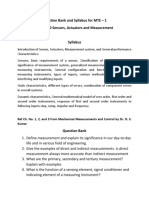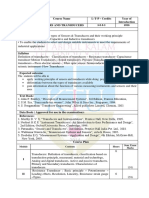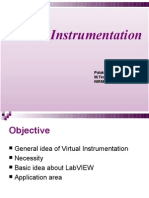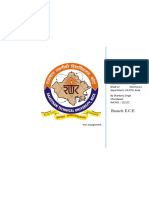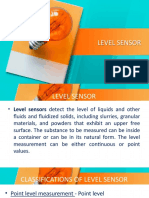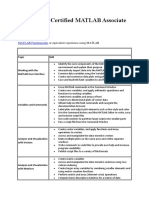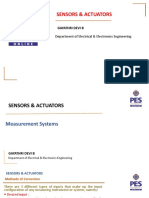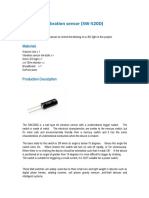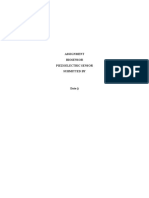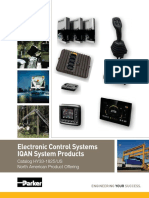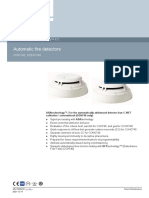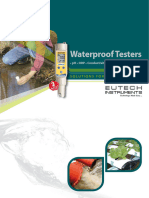0% found this document useful (0 votes)
296 views4 pagesS&M - Model - B ANSWER KEY
Uploaded by
janardhananCopyright
© © All Rights Reserved
We take content rights seriously. If you suspect this is your content, claim it here.
Available Formats
Download as DOCX, PDF, TXT or read online on Scribd
0% found this document useful (0 votes)
296 views4 pagesS&M - Model - B ANSWER KEY
Uploaded by
janardhananCopyright
© © All Rights Reserved
We take content rights seriously. If you suspect this is your content, claim it here.
Available Formats
Download as DOCX, PDF, TXT or read online on Scribd
/ 4



